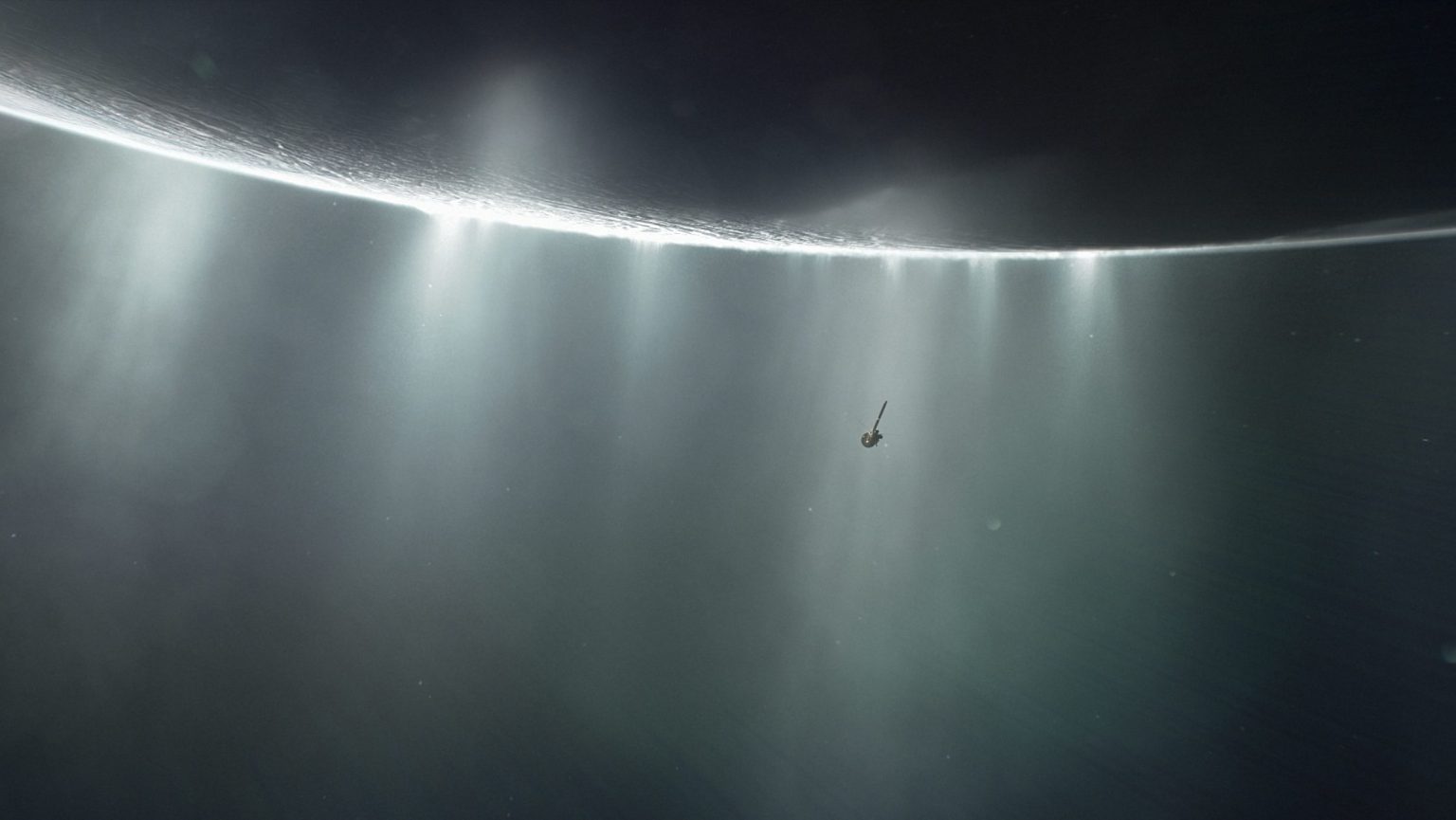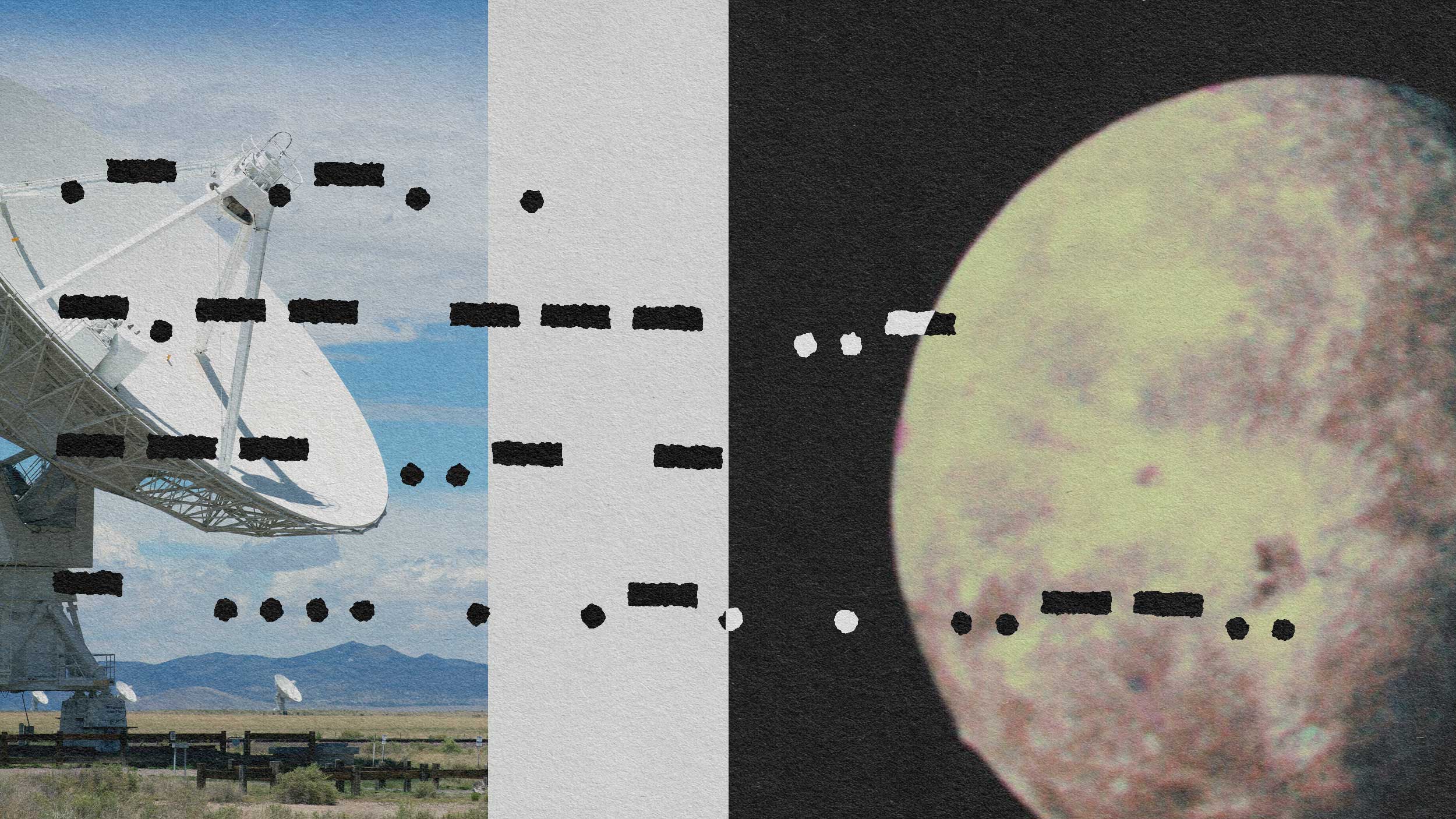Extreme dormancy helps life survive on Earth — and possibly alien planets

- Many living organisms, from bacteria to animals, use dormancy to survive harsh environmental conditions.
- This strategy includes examples like bacteria forming resistant spores, plants and animals hibernating during winter, and cicadas emerging after years underground to avoid predators.
- Understanding dormancy’s role in survival can help in the search for extraterrestrial life and might even influence future human space travel technologies.
Lots of living things are asleep most of the time. That’s one lesson to be drawn from a recent publication by Karla Helena-Buena of Newcastle University, who discovered a new natural protein called Balon, ubiquitous in bacteria, that helps them overcome environmental stresses by going dormant.
Dormancy as an adaptation strategy isn’t unique to single-celled organisms. Many fungi, plants, and animals rely on it to survive tough environmental conditions. Plants in temperate zones lose their leaves and go dormant during cold winter months. Bears hibernate — a type of dormancy — to conserve energy when there is little or no food around.
Extreme dormancy
A dramatic example of this survival strategy is on display this summer in some parts of the United States, where large broods of cicadas have emerged from underground to swarm the countryside for the first time in more than a decade. This long-view lifestyle has two key advantages. It makes the cicadas less predictable prey, preventing the evolution of specialized predators that might, given a shorter reproductive cycle, make them a main part of their diet. And by the time the cicadas finally emerge from underground after as many as 17 years, there are so many of them that predators can’t eat them all, leaving plenty of survivors behind to reproduce and ensure the continuance of the species.
Stretching out the reproductive cycle is just one way for organisms to play the long game. Some bacteria and fungi rely on specialized dormancy forms, such as spores, to weather long periods of environmental stress or lack of nutrients. Bacterial spores are essentially stripped-down cells with a thicker cell wall, which makes them extremely resistant to stressors like ultraviolet radiation, temperature extremes, and desiccation. In this mode, the cell is dormant, with little or no metabolic activity going on and no reproduction possible. Bacteria can keep “alive” in this way for extremely long times, with one study claiming a dormancy of 25 million years for an ancient bacteria closely related to Bacillus sphaericus.
In the animal kingdom, a form of suspended animation practiced by tardigrades, called the tun state, allows these amazing creatures to withstand freezing temperatures close to absolute zero and exposure to space conditions for a substantial amount of time. Tardigrades are able to reduce their water content to less than 1% of the normal share and drop their metabolism to lower than a few hundredths of a percent of their normal active rate. It’s not clear exactly how long they can survive in the tun state, but it appears to be at least 30 years.
Because environmental conditions on Earth are generally benign, most life forms on our planet don’t have to go dormant for longer than one season. If necessary, though, they can hold out for much longer. In one published case, a bacterium retrieved from a 250 million-year-old brine inclusion within a salt crystal was brought back from dormancy to active life. If that feat can be confirmed, then there is really no practical limit to how long bacteria can survive in a dormant state. This suggests that when looking for extraterrestrial life, we may not have to restrict our search to continuously habitable planets. We can also look for planets that only periodically become life-friendly.
Dormant life on alien worlds
One such world is Mars. Currently, the Red Planet is cold and extremely dry, but it has been periodically warmer and wetter in the past. This was especially true during phases of more intense volcanic activity. Volcanic regions are common on Mars, which is home to the biggest volcano in the Solar System, Mons Olympus. During periods of intense volcanism, the outpouring of gases, particularly water and carbon dioxide, provided a thicker and wetter atmosphere, which was further warmed up by the greenhouse effect.
Moisture also increases periodically on Mars when the planet’s axis changes its tilt over time, due to the lack of a large, stabilizing moon like Earth’s. In extreme cases, polar regions swap places with equatorial regions. During these times, water and carbon dioxide ice at the previous poles vanish, and the atmosphere becomes laden with that water and carbon dioxide before being deposited as ice again at the new poles. These giant climatic swings would likely lead life on Mars (if it existed in the warm epochs) to go into a dormant stage during the long periods of cold and dry.
Taking this long view of biological survival can point us to new possibilities for finding life elsewhere in the Universe. It may even have implications for future human space travel. Science fiction abounds with stories of astronauts going into suspended animation to pass long periods of traveling from one habitable planet to another. So far this remains science fiction. We have no tuns like tardigrades, who can release nearly all the water from their body and then rehydrate again. Because humans evolved in tropical regions, we do not need hibernation. But even though we still have lots of research to do, the idea of a long “cryo-sleep” may yet prove practical.





